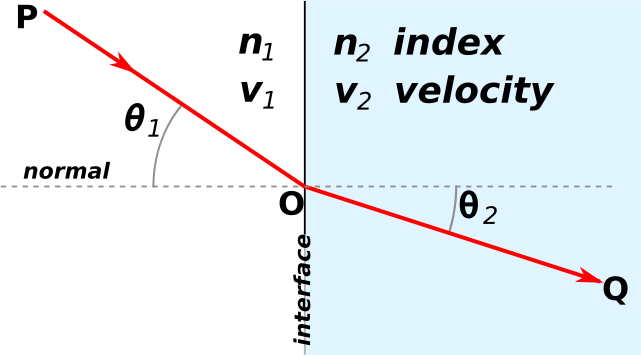The strangest thing in the universe may also be the most commonplace.
Light.
A gift from our neighborhood star, a tonic that nourishes life on Earth, and the stuff of every rainbow. It is also a thorn in the side of Science - a constant reminder of how less we know. Science hangs its failures on this honest sounding word - "paradox". The nature of light has intrigued thinkers for millennia. Scientists who have tried to win it over have succeeded only moderately - still, the romance shows no sign of waning.
There are times when light appears to be made of particles. Newton noticed that light travelled in straight lines, as if constituted from discrete particles - he called these particles "corpuscles". The famous photoelectric effect is a natural phenomenon in which light apparently knocks electrons off their orbits to create electricity - again, an indication that it is made of particles. The photoelectric effect was explained by Einstein in 1921, years after Newton, in a Nobel prize winning effort that proposed that light travels in quanta called photons - essentially, particles. There is more support for the particle nature of light - light travels fastest in space, where there is no intervening matter. As soon as it enters the atmosphere of the Earth, it slows down a little. When it enters water it slows down even further.
But although light slows down when it enters a medium of higher density, it does that only once, at the point of entry. It does not continue to slow down, as you would expect something made of particles that encounter more particles, to do. Paradox number 1.
When light goes from water back to the air, or from air back into space - it instantly goes back to its original speed, then retains that speed forever until it enters a different medium. This sort of behaviour is a strike both for and against the particle theory. Paradox number 2.
Thomas Young discovered that passing light through microsopic slits produced interference patterns, much like waves in a pond. This meant that light also behaved like a wave. The "dual nature of light" is that light is a wave and a particle - not by turns, but simultaneously! Paradox number 3.
If that was not bad enough, it was shown that even a single particle of light passing through a double slit can "interfere with itself" and produce an interference pattern. That is, even though it is only one particle it can pretend to be a wave when confronted with a double slit, and produce interference. Paradox number 4.
There is currently a lot of fanfare about the Higgs Boson, aka the "God Particle". This discovery does not yet involve any talk about light, since photons are massless and the Higgs Boson confers mass - but I would not hold my breath. Given the history light has had with human beings, I will just say - "watch this space", to see how that story develops. We'll keep you posted.

